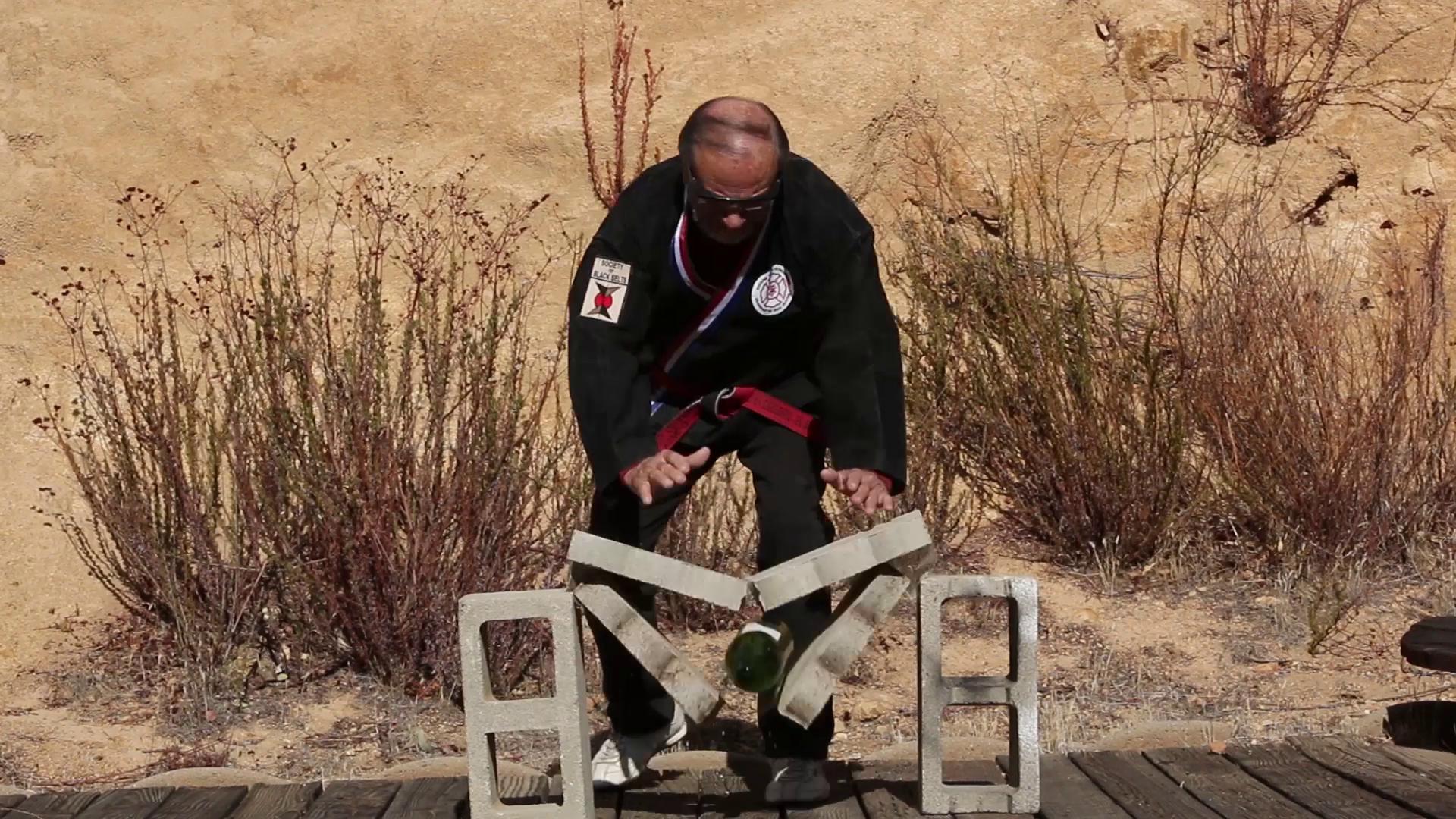There’s a story about a family cooking a dinner ham. The daughter asks the mother, “Why do you cut the two ends off the ham?”
Mom replies, “I don’t know. That’s how my mother did it.”
They call grandma and ask her about the ham. She replies, “I don’t know. That’s how my mother did it.”
Now they call great grandma and ask her about the ham. She says, “Oh my, I had a wood-burning oven that was very small. I had to cut the ends off the ham to make it fit in the oven.
Sometimes, the “why” is lost to history. It behooves us to learn the underlying reason for training, drills, and structure rather than doing something because that is how we always did it.
We Must Un-Train Bad Habits & Replace them With Good Habits.
The first three ranks of our school (white, yellow, and orange belt) are beginner ranks. Some new students may walk in an awkward, unbalanced fashion; others may have a slouching posture or roll over their feet. The first thing our training does is correct these idiosyncrasies and mold the student into a coordinated Kempo artist. Two cornerstones build success in martial arts. First, we must un-train bad habits. Second, we must replace them with good habits.
In addition to learning the jargon and terminology of Kempo, the new student, the neophyte learner, knows how to perform a good guard stance, the first six punches, a few elbow strikes, three major kicks, and a few combinations. From these master key moves, we begin to build an extraordinary martial artist.
Repeat The Proper Way Several Times
Repetition is the ship that success sails to victory. The instructor will break down each movement into smaller pieces. Do each step with purpose and care. Please do not rush through the practice; do not feel a few times is enough to get it. The martial arts training curriculum is repetition in disguise. And that leads to significant skill and performance.
Don’t Repeat The Old Way
Stop old or bad habits. When I first started training in my teens, I slouched and stood in the back of the room. The instructor got me to stand up straight and stand where I should be in class based on effort and skill. Every time I slipped back to slouching, my instructor snapped me back into good form. “How you practice is how you will perform,” he told us. He demanded excellence in everything we did, from standing and listening to the lesson to how we shook hands or left the dojo. It all mattered. We had to leave the old habits behind and only work towards perfection.
Strive For Proper Movements Over Looking Good
Grandmaster told me several times, “Perfect practice makes perfect, not just practice.” During my tenure as a Blue Belt, I started getting cocky about my skills and abilities. I began to speed things up to look good.
“That’s flash and trash,” I would hear from the office. What an intermediate student thinks looks good is all smoke and glitz. The masters know well-worn fundamentals are what make an advanced student excellent. If you don’t have time to practice all your material, do some. If you are speeding things up to finish more repetitions, stop and do fewer techniques. It is better to have five well-practiced techniques over thirty “kinda-sorta” techniques.
Kata, and all Kempo techniques, require proper movement at all times. We don’t hunch over, we don’t lock our knees, we don’t fall over our feet, nor do we plop at the will of gravity. Kempo artists control all their body movements. They keep their knees bent, maintain a straight back, turn their feet so their toes line up with their movement’s direction, and gently place their foot down.
Change Is Part Of The Process
The most challenging task for instructors of the beginner ranks is convincing these new students that they must give up the wrong movements and learn new ones. Coordination can be learned but must be embraced and practiced often. Once the students gain familiarity with martial biomechanics and Kempo terminology, they can advance to the intermediate levels. Enter the formal, traditional class for regular, intense training. This focus on proper motion is how one can spot an excellent proponent of the arts.
The saying goes, “Out with the old and in with the new.” When left to their own devices, most people learn bad habits concerning biomechanical motion. Kempo training helps you learn proper biomechanical movement, but first, the lesson must untrain the bad habits and instill good habits.
Want to improve your overall posture and movement? Want to bob and weave like a pro? Join our Empower Kickboxing program right now! Don’t wait until there’s a waiting list to form. Start today!



